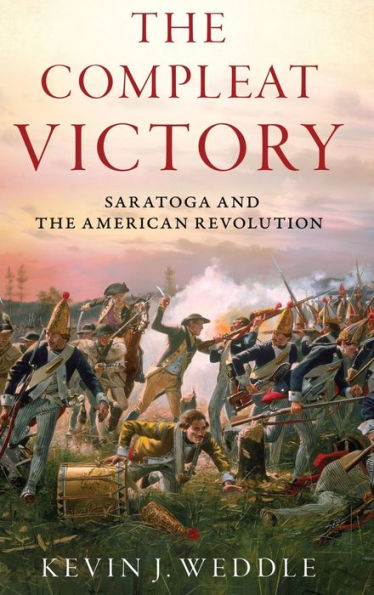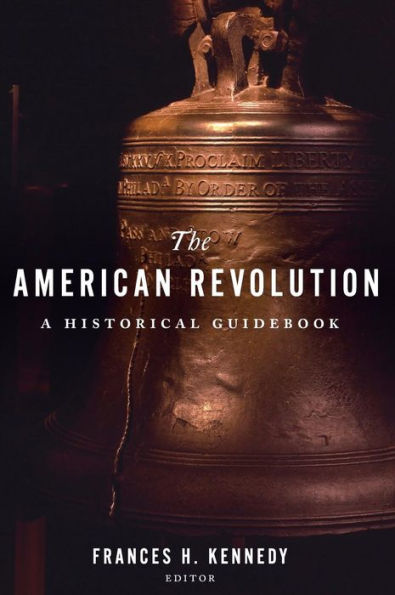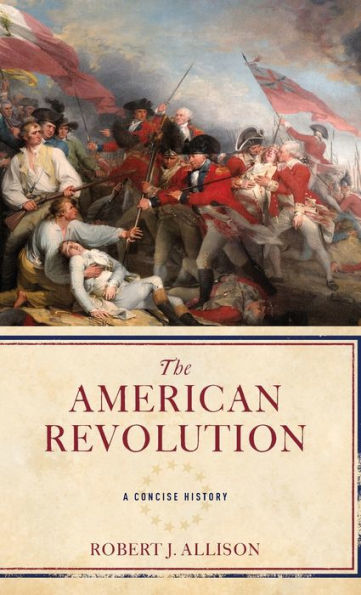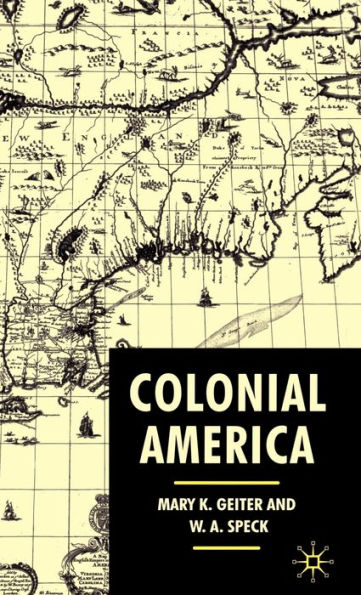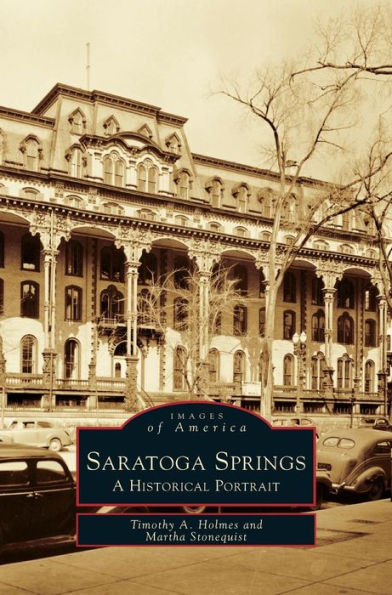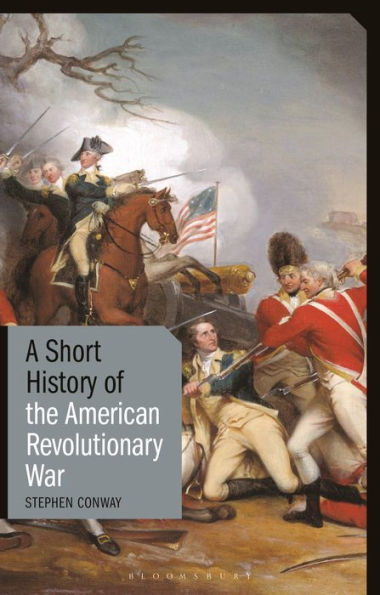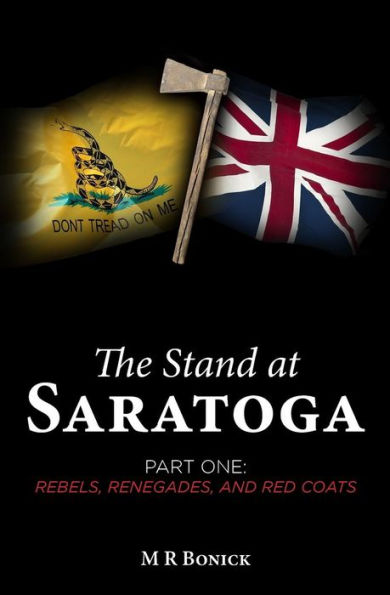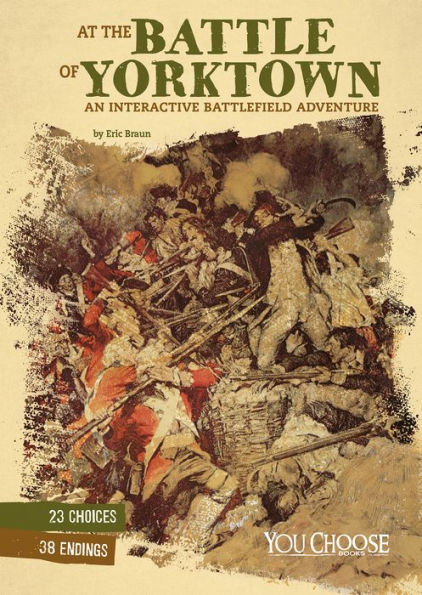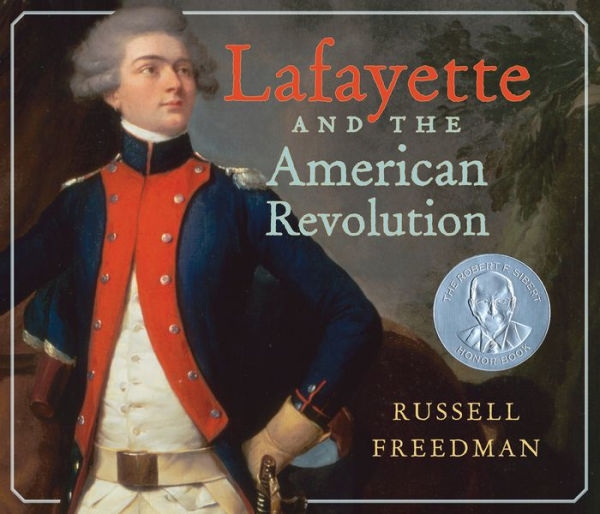Home
Saratoga and Yorktown: the History of American Revolution's Most Important Campaigns


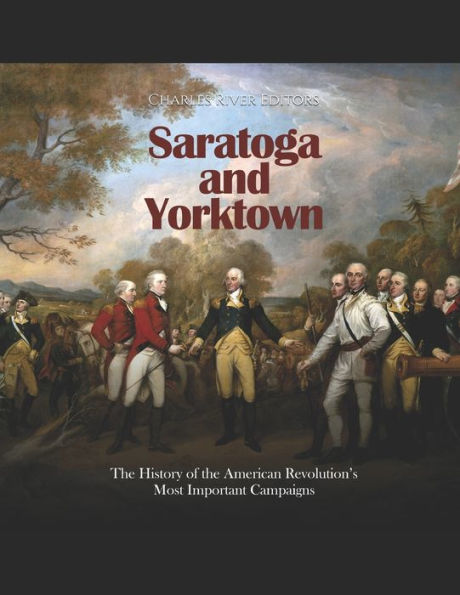
Saratoga and Yorktown: the History of American Revolution's Most Important Campaigns
Current price: $7.99
Loading Inventory...
Size: Audiobook
The American Revolution is replete with seminal moments that every American learns in school, from the "shot heard 'round the world" to the Declaration of Independence, but the events that led up to the fighting at Lexington & Concord were borne out of 10 years of division between the British and their American colonies over everything from colonial representation in governments to taxation, the nature of searches, and the quartering of British regulars in private houses. From 1764-1775, a chain of events that included lightning rods like the Townshend Acts led to bloodshed in the form of the Boston Massacre, while the Boston Tea Party became a symbol of nonviolent protest.
The political and military nature of the Revolutionary War was just as full of intrigue. While disorganized militias fought the Battles of Lexington & Concord, George Washington would lead the Continental Army in the field while men like Thomas Jefferson drafted the Declaration of Independence in Philadelphia and Benjamin Franklin negotiated overseas in France. French forces would play a crucial role at the end of the war, and the Treaty of Paris would conclude the Revolution with one last great surprise.
At the end of 1776, the American war effort was on the verge of collapse, and despite Washington's success at Trenton, the British were confident that they could quell the rebellion in 1777. That winter, the British planned a complicated campaign in which British armies from Canada and New York would strike out across New England and link up, with the goal of cutting off the Northern colonies. Indeed, 1777 did prove to be the pivotal year of the war, but not in the way the British intended.
In December 1776, Benjamin Franklin was sent by Congress to France to attempt to secure a critically needed alliance. Franklin was an ideal choice for Enlightened France, which revered Franklin for his scientific accomplishments and his known reputation as a brilliant man. Franklin had also been a diplomat before the Revolution, spending several years in London on behalf of the colonies. However, the French refused to provide more than arms and money throughout 1777, until they learned in December 1777 about Saratoga and Burgoyne's surrender. With that news, French King Louis XVI entered into a formal military alliance with the United States, and in February 1778, France joined the war.
Yorktown was a former tobacco trading post now in decline, not much bigger than a large village. But Yorktown was tucked away on the northern edge of the York peninsula in rural Virginia, and in 1781 it became the site of a brief siege between two small armies, fought with all the decorum and formality of 18th century European warfare. About 5,000 British and Germans faced perhaps 18,000 Americans and French. After only three weeks the smaller garrison surrendered, tired and low on ammunition. Casualties for both sides totaled less than 1,000 dead and wounded. Yorktown's importance has led to a legacy full of legends, but as a campaign and siege, the history of the fighting at Yorktown is a fascinating story. Trapped at Yorktown by a combination of brilliant Allied generalship and a measure of bad luck, the British might still have hoped for rescue. They faced a mixed force, many of whom were ill-trained and ill equipped militia, while the British Army was then regarded as the most tactically proficient in the world. Lord Charles Cornwallis, their commander, had beaten a much larger American force that same spring, with his crack redcoats striding through the woods to eject Nathaniel Greene's well-positioned army from Guildford Courthouse. As he made his dispositions at Yorktown in September 1781, he had every reason to expect another British success. The ensuing siege panned out rather differently. On October 19, 1781, for just the second time during the war (the other at Saratoga), an entire British field army surrendered to the rebel patri
